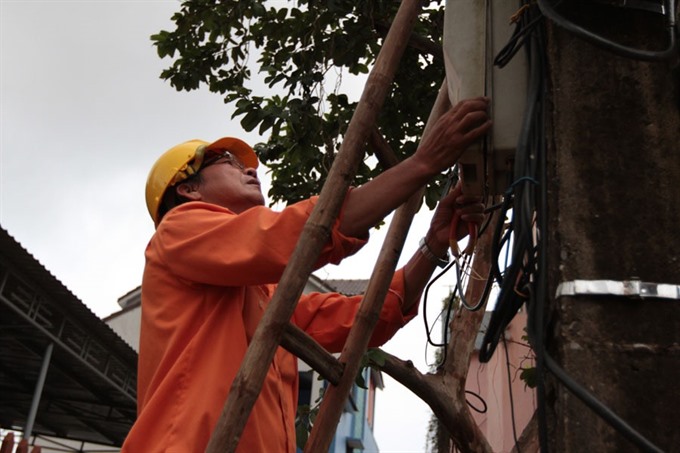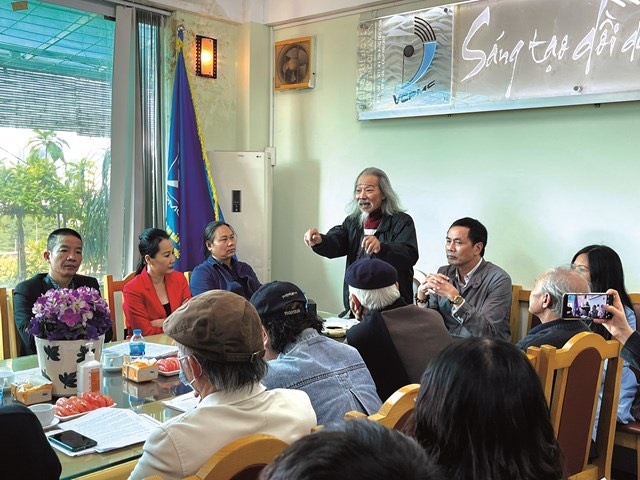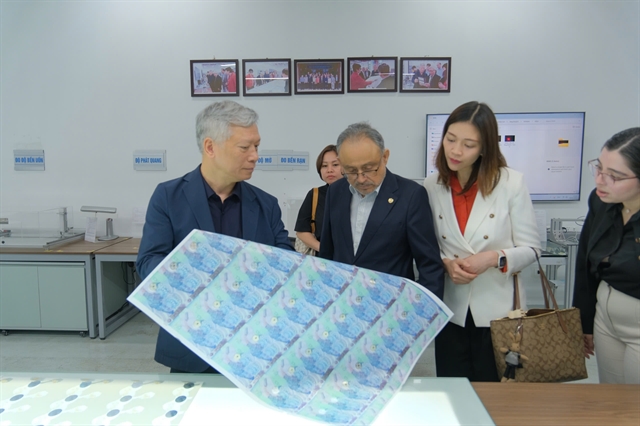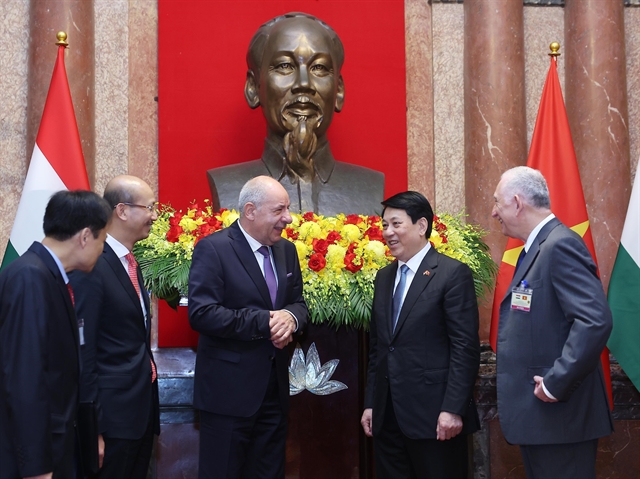 Economy
Economy

The Ministry of Industry and Trade (MoIT) is drafting regulations on new retail prices for electricity, aiming to lower electricity prices for hotels in order to strengthen the tourism sector and hike prices for electricity-guzzling households in an effort to incentivise lower consumption.
 |
| The retail price for households is still divided into six groups which aims to support poor households and encourage lower power use. — Photo laodong.com.vn |
HÀ NỘI — The Ministry of Industry and Trade (MoIT) is drafting regulations on new retail prices for electricity, aiming to lower electricity prices for hotels in order to strengthen the tourism sector and hike prices for electricity-guzzling households in an effort to incentivise lower consumption.
The draft states that electricity retail prices would be set for each customer category including producers, businesses, lodging facilities, administrative agencies, and households. The average electricity price is currently VNĐ1,662 per kWh.
A new feature of the draft regulations is discounted electricity prices for lodging facilities as the Government aims to help tourism become one of the country’s key economic sectors. Accordingly, lodging facilities will enjoy a lower power tariff equal to power for producers.
The retail price for households is still divided into six groups. Families who consume up to 50 kWh of electricity per month would pay 92 per cent of the average retail price. Those using from 51 to 110 kWh will pay 95 per cent of the price, 101-200 kWh 110 per cent, 201-300 kWh 138 per cent, 301-400 kWh 154 per cent, and over 401 kWh 159 per cent.
The Government will subsidise poor households with an amount equal to the retail price of 30 kWh per month.
The pricing scheme means that the more electricity households consume, the more money they have to pay: households that consume over 401 kWh per month would have to pay a price 1.7 times higher than that of households that consume 50 kWh per month.
The ministry said the move was intended to encourage household customers to save electricity.
The power tariffs were drafted after the ministry considered the experiences of countries such as Thailand, South Korea, Hong Kong, South Africa, Indonesia and Malaysia. The establishment of six groups for electricity pricing over the past three years has been straightforward and effective at encouraging responsible power use, the ministry added.
However, the dividision of power tariffs for households into six groups has not been responsive to societal changes, experts said.
Nguyễn Tiến Thỏa, former director of the Price Management Department under the Ministry of Finance, told online newspaper vietnamnet.vn that currently, few poor households consume less than 50 kWh. People’s lifestyles now include dramatically more electronics equipment.
Thỏa proposed applying a common electricity price for households or reducing the current six groups to three or four.
Statistics showed that around 65 per cent of households consume electricity of 150 kWh a month.
“We proposed households consuming less than 150 kWh a month pay 95.5 per cent of the average retail price instead of the current 110 per cent, to ensure most of people enjoying lower power tariff,” he told the newspaper.
Specialist Ngô Trí Long shared the opinion, saying that the people’s quality of life has been improved as electricity use has increased. He said the Government should not apply a higher-than-average price to people consuming more than 100 kWh per month.
In July, the Government issued a new mechanism stipulated in the Prime Minister’s Decision 24/2017/QĐ-TTg allowing the Electricity of Việt Nam (EVN) to hike the average power retail price when input cost for electricity production rises 3 per cent instead of 7 per cent as before.
Depending on the input cost increase, EVN will decide to raise the price between 3 and 5 per cent before reporting to the ministries of industry and trade and finance.
For increases between 5 and 10 per cent, EVN can raise prices after receiving approval from the MoIT.
For hikes above 10 per cent, which could potentially impact the macro-economy, the two ministries will work together to look into the power price plan presented by EVN.
The average power retail price has remained unchanged since March 2015. — VNS









